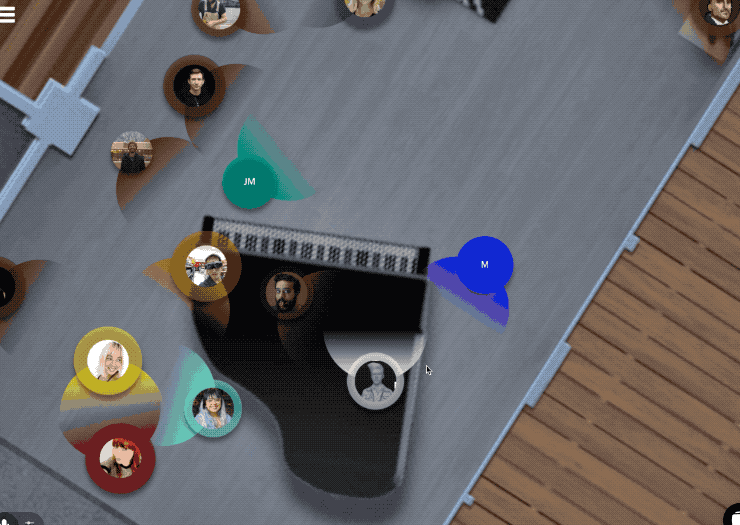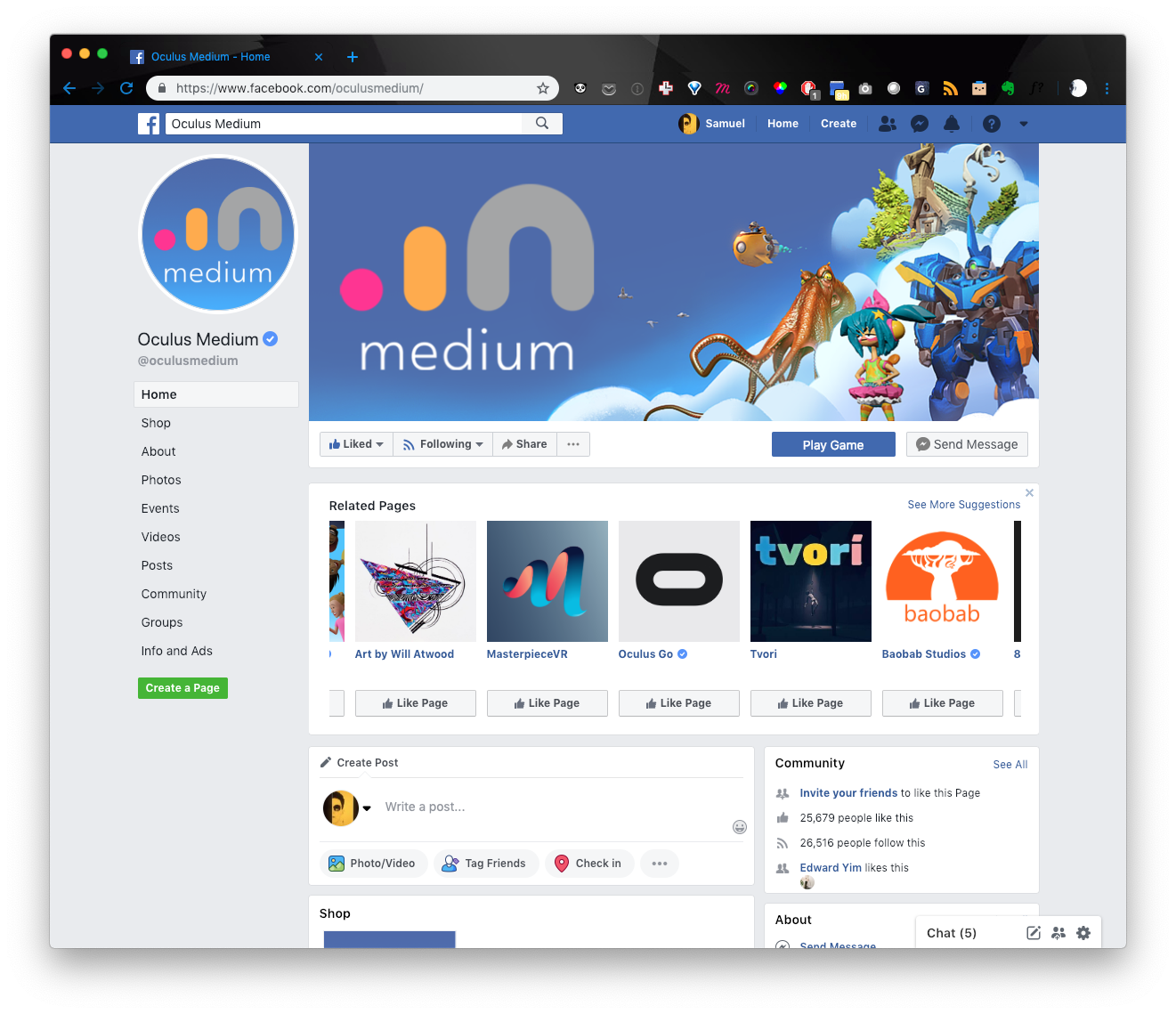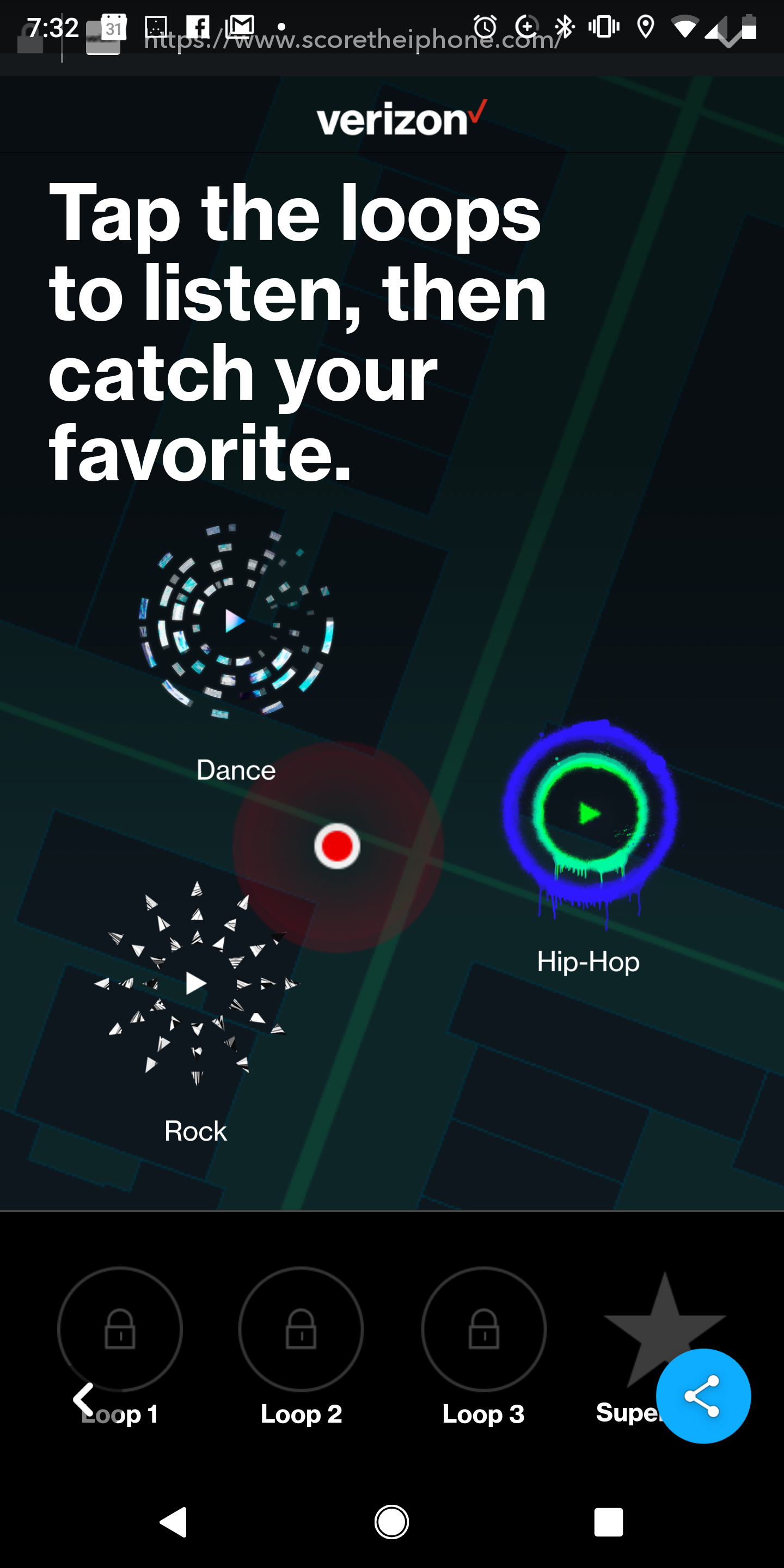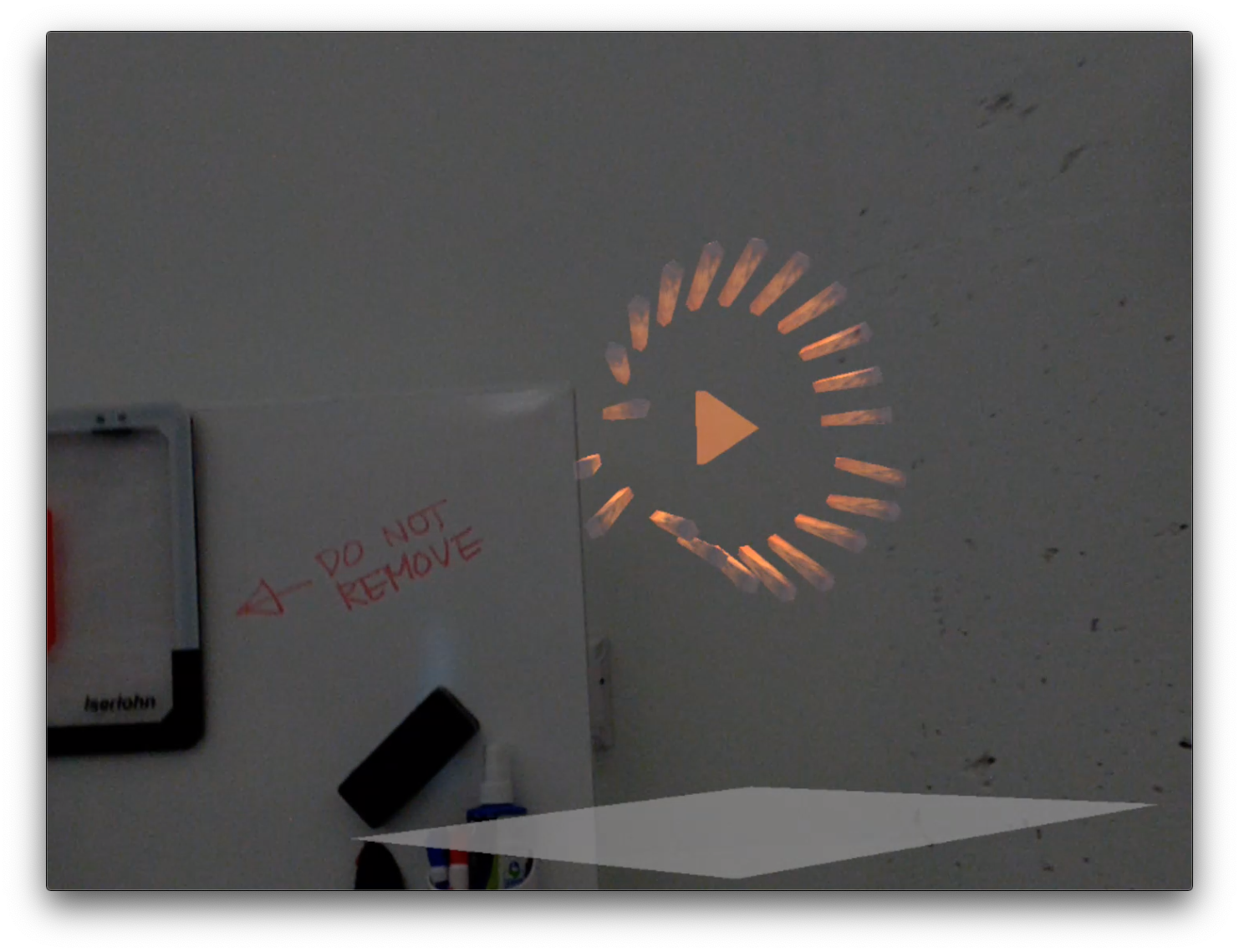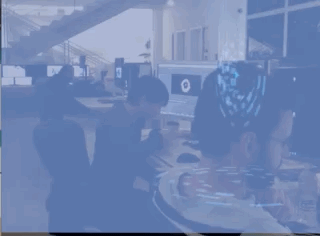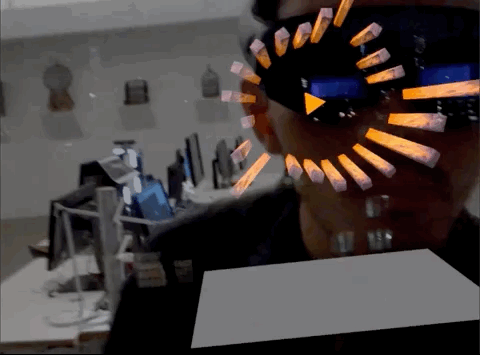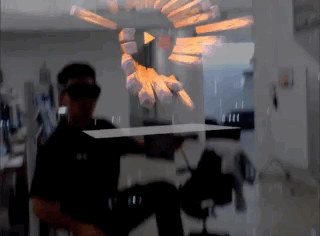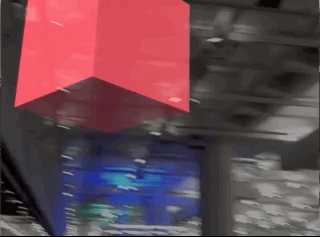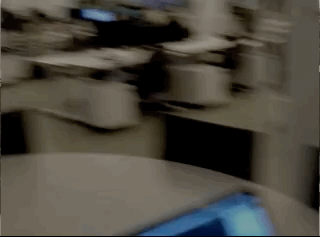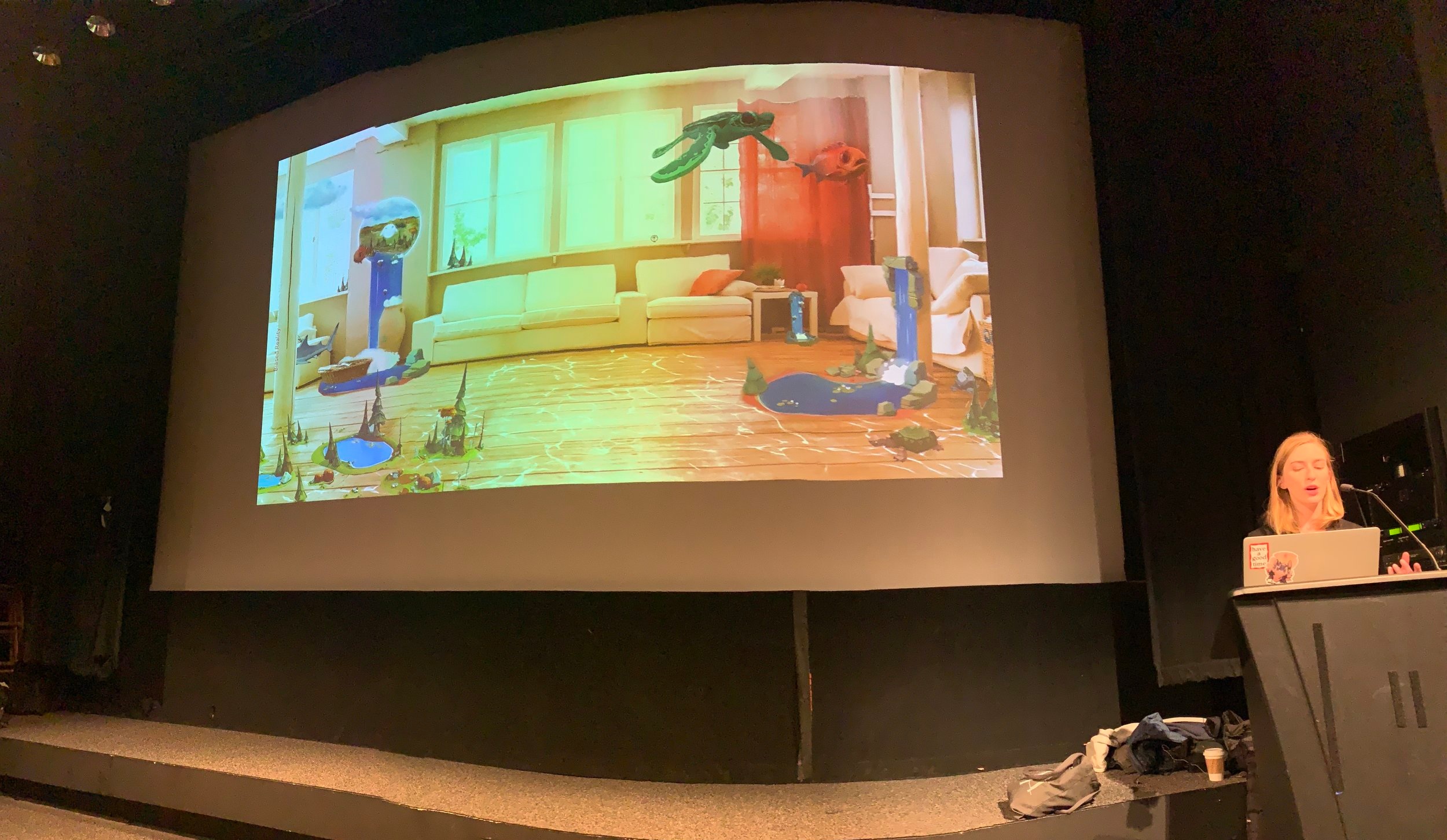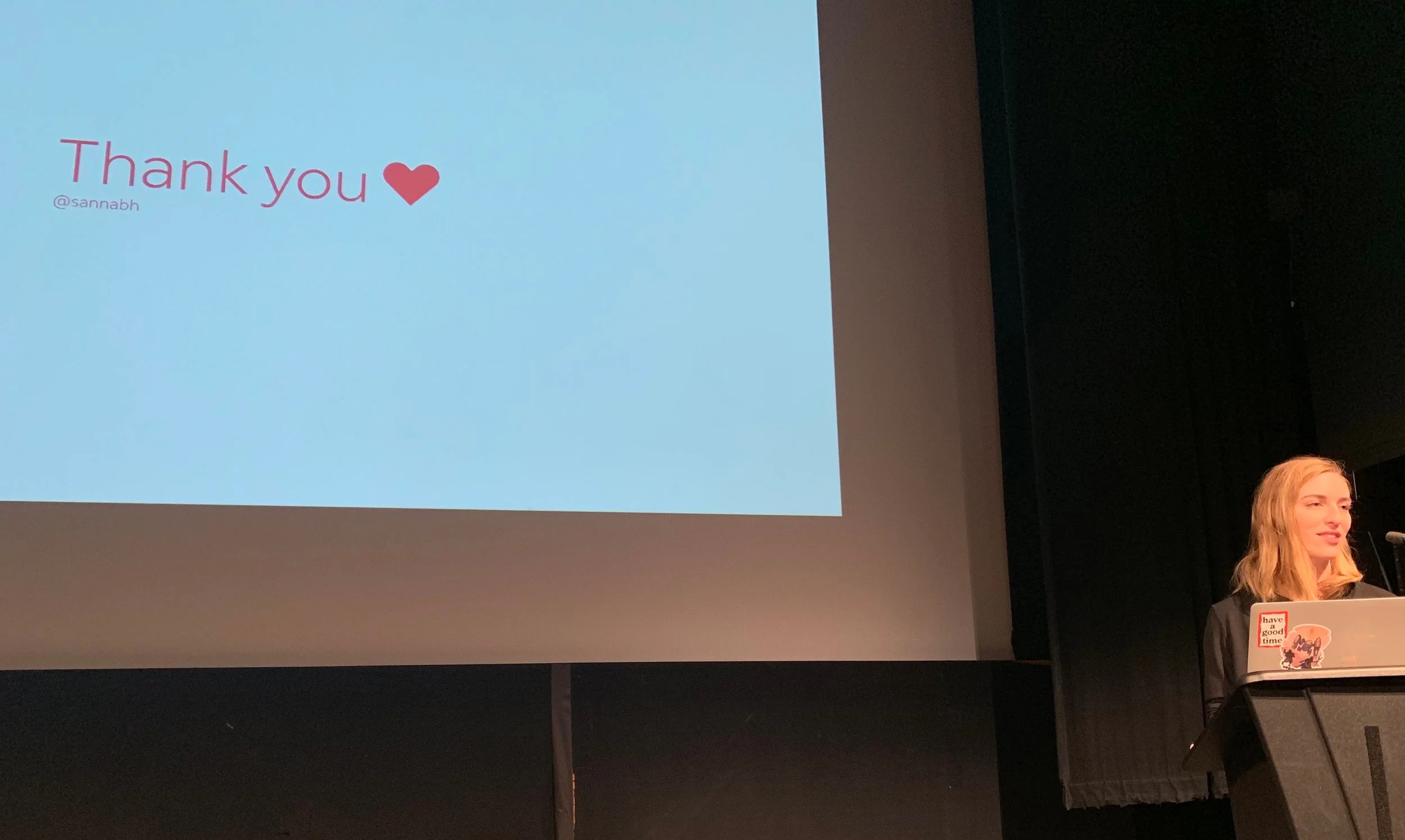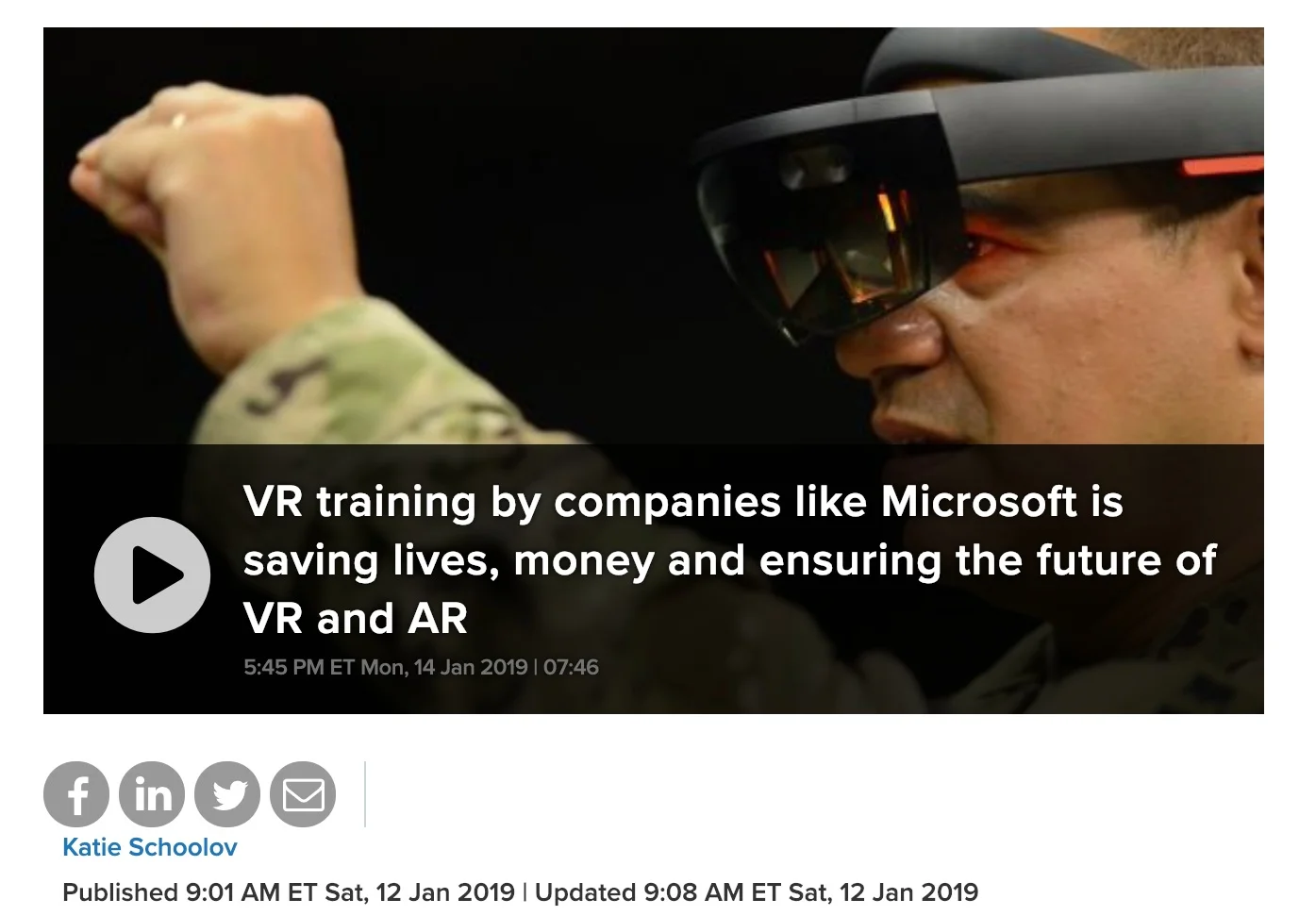LOCALIZED AND CONTEXTUAL APPS
Not one interface to rules them all
At MIT we don’t like to only think about Singleton solutions
But dealing with the locale, the space, and the context
As the medium emerges, something more powerful
To authentically integrate digital content into the real world
Stat innovations solutions that are site specific and relative to context
INPUT
[Started with a tight input pallet]
James- made the initial eye tracking graffiti app (former Graffiti Research Lab)
@jamespowderly
5 way controller - able to grow to 6 dof, but also the simplest version to be used for accessibility
Number of calories burned = similar to number of clicks
Gentle interfaces, highly response,
Redundant input is natural and gives users a choice
———————
Embrace collisions and physics when you can
Interactivity is reactivate - make something that can react with your environment
Graceful degradation
(Eg being derezzed)
Eg particle effects and portals - whenever something breaks in your environment reconstruction
——————
Classically taught recognition over recall - this Don Norman thought
That works on screens, but
The more minimal you render your interface
Morally mash it on an off with buttons, but reveal II with head pose gaze - gaze signals attention
————————
There has to be a button to go back to reality.
(There has to be a way to dismiss everything / remove everything from your view).
In testing QA said “Hey, there’s a bug. When you press this button you can’t see anything.”
————————
Use affordances of the physical world to interact with digital things
We'll communicate with apps like we communicate with each other
From gesture to conversation, to gaze, to direct focus
E.g. the "put that there" demo that we've all been told about since the 70s
————————
Her full-time focus is for shared experiences
Spatiate - multi-person multi-platform drawing application
————
Future of input or interaction?
Her personally - thinks that interacting on physical surfaces - eg tapping on table
Being able to switch from fine to ballistic control - from nearby to further objects in the distance
Q&A
————
Skeuomorphism for touch devices was necessary
We'll develop a model for using this device
We use headpose as an input - it is fundamental (even in normal h2h culture)
But people got tripped up on headpose
We'll probably have buttons for a while
————
Everyone will try this as the technology is going viral
Consistency across apps and the ecosystem
————
Hire more diverse teams
unrepresented people with diverse points of view
representations
Educate ourselves
Read more and look at models like the wiki
Collective Authorship

